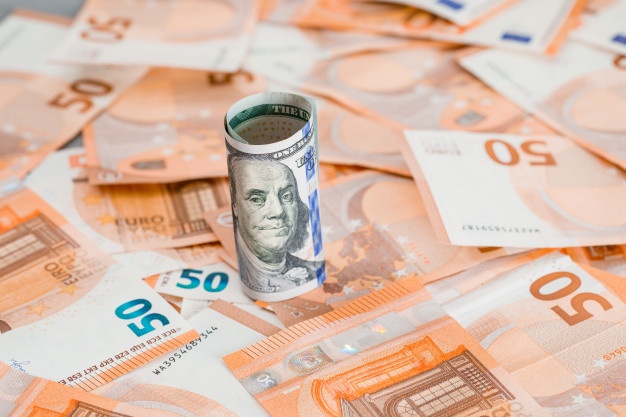Matters:
On March 28 US Eastern time, the US Department of Commerce said that it would launch an anti circumvention investigation on the import of Cecep Solar Energy Co.Ltd(000591) products from four Southeast Asian countries (Malaysia, Thailand, Vietnam and Cambodia) and issue a preliminary ruling within 150 days.
Guoxin Telecom's new view: 1) this is only to initiate the investigation, and the preliminary determination result is uncertain; 2) The leading enterprises have a relatively complete global sales network layout. If the relevant tariffs are increased in the future, the products can be sold to other countries and regions; 3) There is a significant premium in the price of components in the United States. If the tariff increases, the profitability of Southeast Asian export products will be affected, but the impact range is limited.
Comments:
In 2019, the United States finally recognized the double reverse tax rate on Chinese enterprises' export components: Chint 2.67%, Risen Energy Co.Ltd(300118) 4.79%, and other 21 enterprises 4.06%. Referring to the above double tax rate, we analyze the possible impact on component manufacturers on the premise of tariff increase of about 5%.
Judgment of influence on quantity
According to pvinfolink data, the average spot price of components in the United States was 33 cents on March 23, with 27-27.5 cents in Europe, India and Australia. The premium of American products is 5.5-6 cents, accounting for more than 17% of the price in the United States. Therefore, if the tariff is increased by 5% and even if it is borne by the component manufacturers (without price increase), it is not expected to have a significant negative impact on the willingness of component enterprises to export to the United States. If the tariff leads to a certain increase in the price of products, which reduces the demand for relevant products imported from the United States, the component manufacturer can sell some products to other overseas markets, and the price and profitability will be reduced.
Scenario analysis of profitability
Scenario 1: if the tariff increase is entirely borne by the manufacturer, the price of products exported to the United States remains unchanged, the profit per watt decreases by 1.65 cents, and the import demand of the United States will not be affected. Combined with the capacity ratio of 14% in Southeast Asia, the impact on the manufacturer's comprehensive single watt profit is about 0.23 cents, about 1.5 cents.
Scenario 2: 50% tariff increase is borne by manufacturers and customers respectively, the price of products exported to the United States increases by 0.83 cents (or 2.5%), and the profit per watt decreases by 0.83 cents. If the import demand of the United States drops by 5%, this part of the products will be exported to other regions, and the single watt profit will drop by 6 cents. The impact on the manufacturer's comprehensive single watt profit is 0.15 cents, or about RMB 1 cent.
Scenario 3: the tariff increase is entirely borne by customers. The price of products exported to the United States increases by 1.65 cents (or 5%), and the profit of single watt exported to the United States remains unchanged. If the import demand of the United States drops by 10%, this part of the products will be exported to other regions, and the single watt profit will drop by 6 cents. The impact on the manufacturer's comprehensive single watt profit is 0.08 cents, about 0.5 cents.
In the future, if there is a certain increase in relevant tariffs, component manufacturers will need to adjust their prices according to market supply and demand, so as to achieve the balance point of maximizing benefits. The above analysis is based on the calculation of module price at the current time point. Considering the downward trend of silicon material price and the continuous cost reduction and efficiency increase of photovoltaic industry in the future, the module price will continue to decline, and the impact of tariff on single watt profit will also be reduced.
Investment suggestions:
We believe that under the high prosperity of the photovoltaic industry, integrated module manufacturers are expected to usher in both volume and profit. In terms of shipment, the global installed capacity is expected to reach 220gw in 2022, with a year-on-year increase of more than 35%, and the concentration of integrated component enterprises is strengthened; In terms of profitability, with the gradual implementation of new silicon production capacity, the price of silicon is expected to open a downward channel, and the profitability of integrated component manufacturers is expected to be gradually repaired. The results of the anti circumvention investigation launched by the US Department of Commerce on four Southeast Asian countries are uncertain, but the impact is expected to be limited.
Risk tips:
This anti circumvention preliminary determination results in a higher than expected increase in tax rate
